Shanghai, China
+86-17317656853
inquiry@cgprotection.com


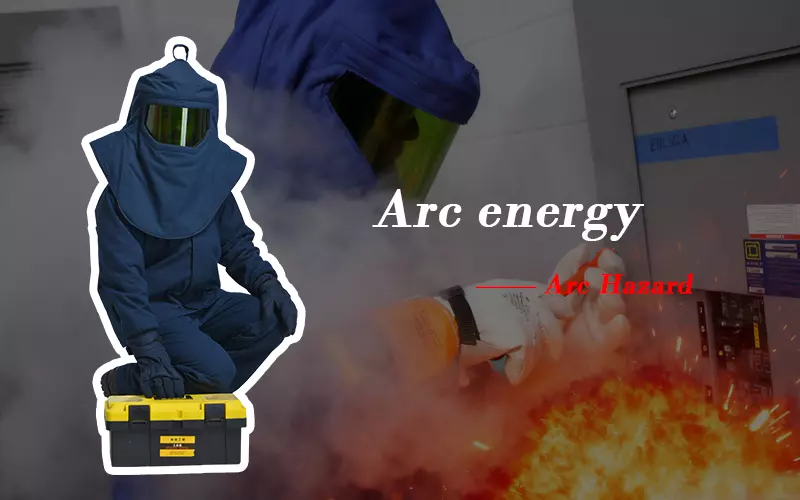
An arc flash is not a simple spark. In just milliseconds, it can release tremendous amounts of thermal energy, intense light, pressure waves, and molten metal particles.
To quantify this hazard, professionals use a key metric called Incident Energy, typically expressed in cal/cm² (calories per square centimeter). This value measures the thermal energy received on a given surface area and directly determines the required level of Personal Protective Equipment (PPE)—especially arc flash protective clothing.
Incident Energy (IE):
The total thermal energy received per unit area during an arc event, usually measured in cal/cm².
Unit conversion:
1 cal = 4.184 joules (J)
1 cm² = 1×10⁻⁴ m²
Therefore, 1 cal/cm² = 41,840 J/m²
| cal/cm² | J/cm² | J/m² |
|---|---|---|
| 1 | 4.184 | 41,840 |
| 8 | 33.472 | 334,720 |
| 12 | 50.208 | 502,080 |
| 25 | 104.6 | 1,046,000 |
| 40 | 167.36 | 1,673,600 |
| 65 | 271.96 | 2,719,600 |
Incident energy represents energy density—it describes how much heat per unit area impacts a worker’s skin or protective clothing.
(Values depend on detailed calculations using IEEE 1584 or NFPA 70E methods; ranges below are for general reference.)
| Risk Level | Incident Energy | Typical Scenarios |
|---|---|---|
| Low | 0.5–8 cal/cm² | Routine inspection, infrared thermography, low-fault circuits |
| Moderate | 8–25 cal/cm² | Energized maintenance, small switchboard work, UPS panels |
| High | 25–40 cal/cm² | Medium-voltage switchgear operation, busbar maintenance |
| Extreme | >40 cal/cm² | Primary high-voltage systems, major fault clearing, transmission repair |
Incident energy is total energy over time. If the clearing time is known, we can estimate the instantaneous power density (W/cm²)—showing how intense the heat pulse really is.
Example:
Suppose 12 cal/cm² with a clearing time of 0.1 s:
12 cal/cm² = 50.208 J/cm²
→ Power density = 502.08 W/cm²
If clearing time is 0.2 s, the power density ≈ 251 W/cm².
Even moderate incident energy levels can create extremely high short-term thermal fluxes, capable of instant second- or third-degree burns.
The amount of energy released during an arc flash depends on several key factors:
Available fault current – higher fault current = higher potential energy.
System voltage & impedance – affect arc duration and intensity.
Protection clearing time – faster trip = less total energy.
Working distance – energy decreases sharply with distance (inverse square law).
Enclosure design – affects direction and concentration of the energy jet.
AC vs. DC systems – DC arcs are harder to extinguish, thus more persistent.
In real-world engineering, the IEEE 1584 model or similar software tools are used to calculate incident energy at each working point.
| Scenario | Description | Typical IE (cal/cm²) | Recommended PPE |
|---|---|---|---|
| A – Low-voltage inspection | Limited fault current, fast clearing | 2–8 | 8 cal/cm² arc suit |
| B – MV switchgear operation | Moderate fault, longer clearing time | 25–40 | Full 25–40 cal/cm² arc flash suit with hood |
| C – Busbar short circuit | High fault, uncertain clearing | ≥40 | ≥40 cal/cm² PPE or remote operation |
Higher incident energy = higher burn severity.
1.2 cal/cm² can cause 2nd-degree burns on bare skin.
8 cal/cm² or above can cause severe injury without PPE.
Other effects: molten metal splatter, blast pressure, toxic gas release.
Therefore, PPE selection is primarily based on incident energy levels—the higher the risk, the higher the PPE arc rating required.
Shorten clearing time – upgrade or optimize protection settings.
Limit fault current – use current-limiting fuses or impedance.
Increase working distance – use remote tools or barriers.
Improve equipment design – vent arc gases away from operators.
Follow safe work procedures – lockout/tagout (LOTO), verify de-energized conditions.
Match PPE to the hazard – select appropriate arc rating (cal/cm²).
| Incident Energy | Recommended PPE |
|---|---|
| ≤ 8 cal/cm² | Lightweight arc-rated clothing, face shield, gloves |
| 8–12 cal/cm² | Standard arc suit, helmet, face shield |
| 12–25 cal/cm² | Reinforced arc flash suit with hood and gloves |
| 25–40 cal/cm² | Full-body arc suit, hood, face protection, gloves |
| ≥ 40 cal/cm² | Highest-level PPE or remote/robotic operation |
Always verify PPE with third-party testing to IEC 61482 / ASTM F1959 or equivalent standards.
Arc flash analysis and PPE certification should comply with recognized international standards such as:
IEEE 1584 – Arc flash hazard calculation methods
NFPA 70E – Electrical safety in the workplace
IEC 61482-1-1 / 1-2 – Arc testing methods for protective clothing
ASTM F1959 / F2621 – Determination of arc rating (ATPV or EBT)
Conduct a full Incident Energy Assessment for each energized task.
Select PPE with an arc rating equal to or higher than the calculated value.
Reduce system fault energy and clearing time where possible.
Maintain PPE traceability, inspection, and replacement schedules.
Train all personnel on arc flash awareness and correct PPE usage.
A single arc flash can release tens to hundreds of thousands of joules per square meter—enough to melt metal and cause catastrophic burns in less than a second.
Understanding and quantifying that energy, and matching it with proper arc-rated protective clothing, is the foundation of electrical safety in industrial, utility, and energy sectors.
Tags:
Shanghai C&G's personal protective clothing and PPE products are trusted by customers in the world. Our products are exported worldwide, with a strong presence in the United States, China, Japan, Germany, the United Kingdom, India, France, Italy, Brazil, and Canada. In addition, we have a significant customer base in other countries across each continent, including Australia, New Zealand, South Africa, Nigeria, and Egypt in Africa; Argentina, Chile, and Mexico in South America; Russia, South Korea, and Indonesia in Asia; Spain, Poland, and Turkey in Europe; and Saudi Arabia and the United Arab Emirates in the Middle East. Wherever you are in the world, we have the products you need to stay safe and protected. Contact us today to learn more about our products and how we can help you meet your safety needs.
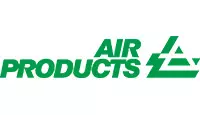

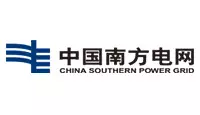
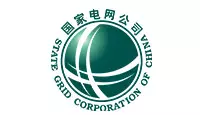

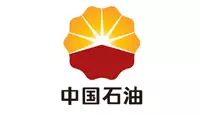



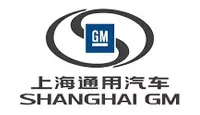
© 2023 Shanghai C&G. All Rights Reserved.